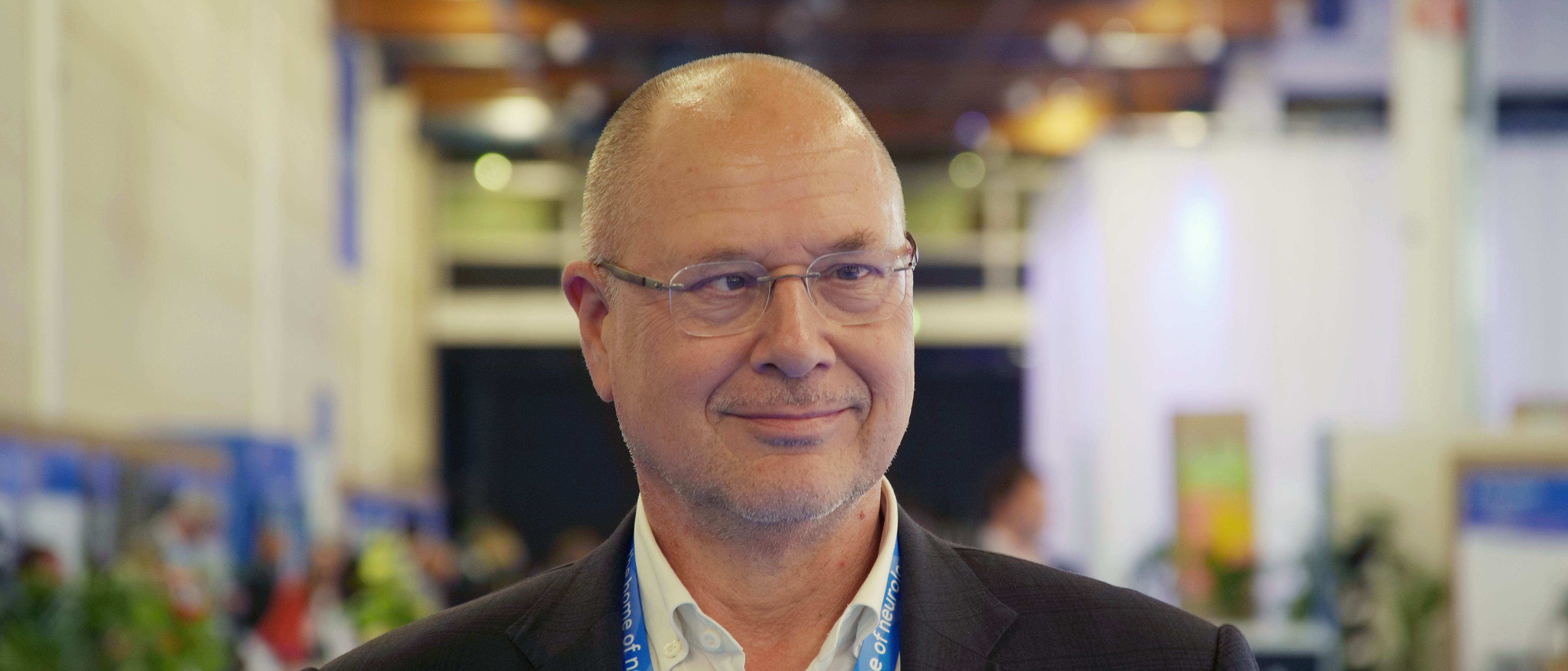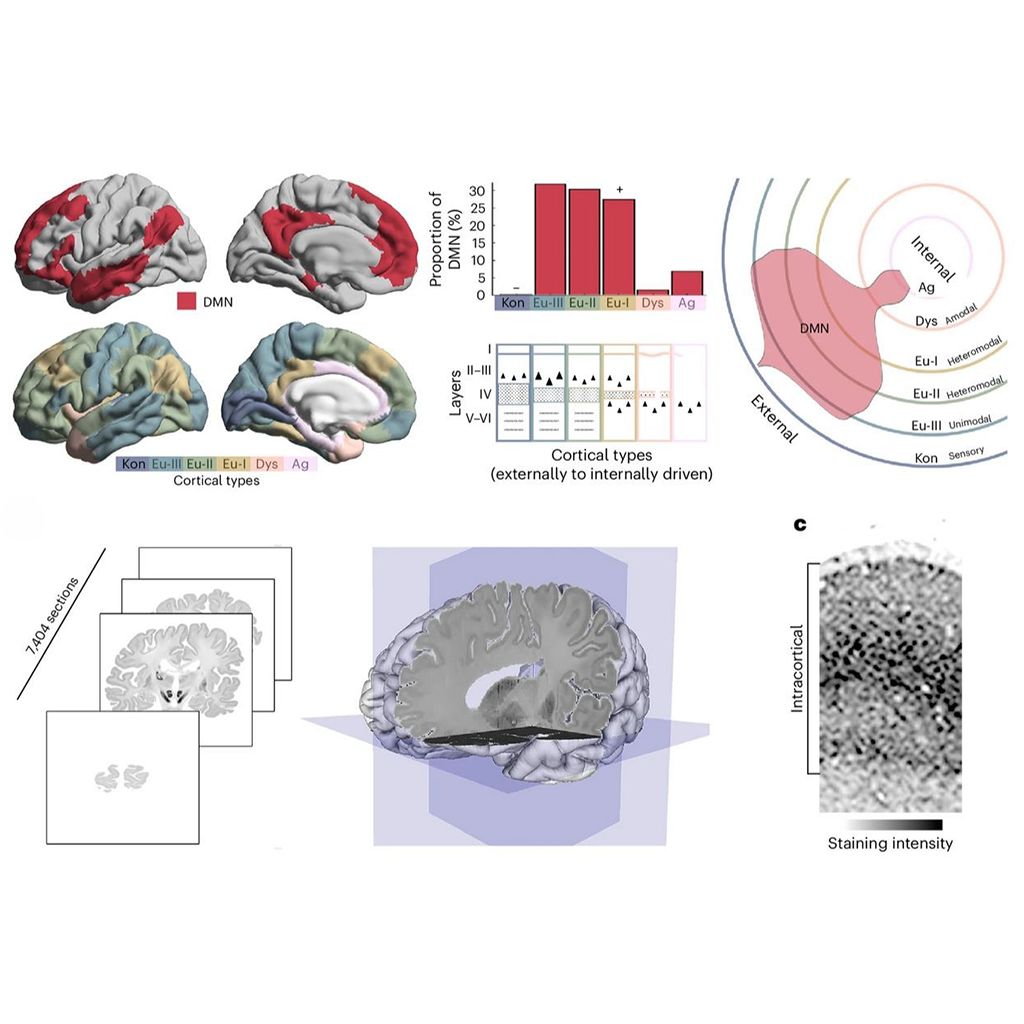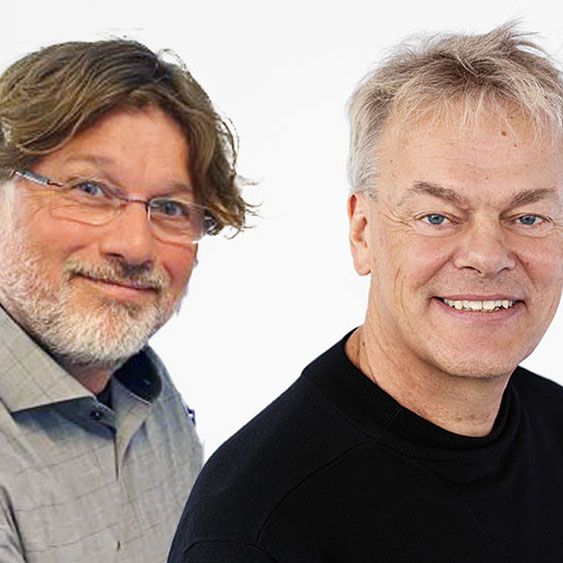
Interview with Thomas Berger, European Academy of Neurology: “The EAN and EBRAINS form a powerful collaboration for medical data sharing”

Prof. Thomas Berger
The EAN is the primary scientific and educational European organisation in the field of clinical neurosciences, representing over 47 000 neurologists and 48 national neurological societies. The organisation aims to keep Europe at the forefront of neurological research and to maintain its position as one of the world’s scientific hotpots in neurology. Thomas Berger is Professor of Neurology at the Medical University of Vienna, where he leads the university clinic for Neurology.
Prof. Berger, the EAN has entered a partnership with EBRAINS. What is this collaboration about?
The cooperation between European Academy of Neurology and EBRAINS is all about enhancing data sharing in Neurology. We are now a partner in the EBRAINS 2.0 project, within work package 2, which is very clinically driven. It is an extremely interesting and powerful cooperation: On one hand you have the longlasting experience of the Human Brain Project (HBP) and EBRAINS which were and are very successful in developing tools, methods and offering public access to research groups, and therefore shaping the neurosciences in Europe. And on the other hand, you have the EAN as the largest neurological organisation in Europe, which provides expertise on all neurological topics via our 32 scientific expert panels, as well as the power to disseminate research to clinicians and clinical institutes across Europe. Strengthening clinical translation activities is of great interest to all of us. Because at the end of the day, whatever we are doing is not only mere knowledge gains - it needs to be implemented in clinical routine.
What progress can increased data sharing bring to neurological research?
Science always is based on and lives with data. Today, medical and research activities in clinical neuroscience produces a massive amount of data that could leverage our knowledge and understanding of neurological diseases. In clinical neurosciences you have patient related imaging data, electrophysiological data, lab data and much more. Now with methods for enormous big data-analysis or integration of Artificial Intelligence, we may have the chance to analyse really huge data sets. However, the problem is you can only compare data if they are at least similar. This is one of the big issues: how to agree on either minimal or maximum data sets, which are then comparable for different kinds of research purposes.
The problem so far is that the systematic data documentation is extremely fragmented. And most of it remains currently locked in hospitals or labs, either for regulatory or cultural reasons. Data transfer across institutional or national borders is highly complex and complicated. Every country in Europe currently has its own legislation on ownership, on transparency and also on data transfer. And this is a huge limitation that needs to be addressed as well.
What will be done in the EAN-EBRAINS collaboration specifically?
We will develop a so-called standard operating procedure (SOP) for health data-sharing and harmonization procedures in large human health data sets, to overcome current limitations due to the lack of data-harmonization. This will be informed by the joint work in EBRAINS 2.0.
As a first step we have completed a survey and poll among our scientific and coordinating panels in the EAN, on the specific example of connectomic analysis. Here we drew on the expertise of six of our EAN panels on pathologies where connectivity plays a big role, the ones dedicated to epilepsy, stroke, glioblastoma, movement disorders / Parkinson’s disease, multiple sclerosis, and general neuroimaging. So, we asked what is the experience so far, what are the methods you would choose in connectomic research but also implementation and clinical routine? And what are the limitations or the hurdles?
We are also reviewing existing protocols provided by EBRAINS partners which are already established in various countries. Based on these protocols, we will have a process to identify or to reach the highest consensus. It is an extremely meritous effort because such a protocol can then be used for any topic.
The specific goal within EBRAINS 2.0 is to translate and to implement this connectomic analysis for stroke, glioblastoma and movement disorders / Parkinson's disease. The procedure can then be used in a prospective study within EBRAINS 2.0 with 200 patients to show that this works also for routine practice.
And then of course, for EAN one of the major activities lies in education. We will organise teaching courses and spread this knowledge of and also the awareness on health data-sharing within EBRAINS 2.0 to our members and auditorium, e.g. next year at our EAN Congress in Seville, Spain.

What can EBRAINS contribute technologically to medical data-sharing?
I think EBRAINS did a pioneer work with establishing advanced platforms for data-sharing. The Medical Informatics Platform (MIP) is really an extremely powerful tool to harmonize data which then can be analysed in a kind of cloud version. Users can perform federated analysis of large-scale harmonised clinical datasets without transferring them out of the hospital. It is much better to collect these data locally at the hospital or university where the data are protected and also securely stored. With MIP, scientists can easily access these data analytically in a pre-processed aggregate form, ensuring privacy. And there is no storage except for the local storage.
Besides a presentation on EBRAINS 2.0 at the EAN congress, there was also a second talk about the collaboration between EAN and EBRAINS in the field of stroke. What is behind it?
When developing the cooperation between EBRAINS and EAN, our initial goal was to show the feasibility of large-scale data-sharing with MIP using an example. And stroke registries, being the largest medical data registries in Europe, which are present in most countries, were ideal for this purpose. These national registries are built up in different ways, with different architectures, and with different documentation methods. This harmonization and data-sharing serves as a role model for the Federating European Registries for Stroke (FERES) project, which is part of EBRAINS 2.0, showcasing the capabilities of medical informatics platforms. Currently, five national stroke registries - Switzerland, Greece, Austria, Italy and France - are participating and sharing their data, with plans to have seven registries in total. This is a really huge dataset, with information on about 500,000 patients.
We have done some pioneering work, and I am really looking forward to seeing the procedures, processes, and outcomes. There is much to learn, but this is our duty to paving the pathway for the future. The collaboration between EBRAINS and EAN is already very fruitful and promises to be even more so in the future.
As for the EAN congress are there some impressions from this year's edition that you can tell us?
Firstly, we had a record attendance of 7,000 participants, plus 2,000 online registrations, totalling 9,000 participants, which is fantastic. The EAN Congress always follows an overarching theme, and this year it was neuromodulation, an emerging field. These are not pharmaceutical interventions but neurostimulatory ones, like deep brain stimulation, focused ultrasound, and spinal cord interventions. The field of neuromodulation is improving as we integrate better data. For instance, a neurosurgeon doing deep brain stimulation - which means he implants a device into a certain region of the brain - must integrate imaging, anatomical, and electrophysiological data, for the correct placement of this device. So it also connects to the issue of data harmonisation what we talked about: Integrating individual data, which are then used for individual interventions, is key in this field.
News & events
All news & events
- News16 Apr 2025


